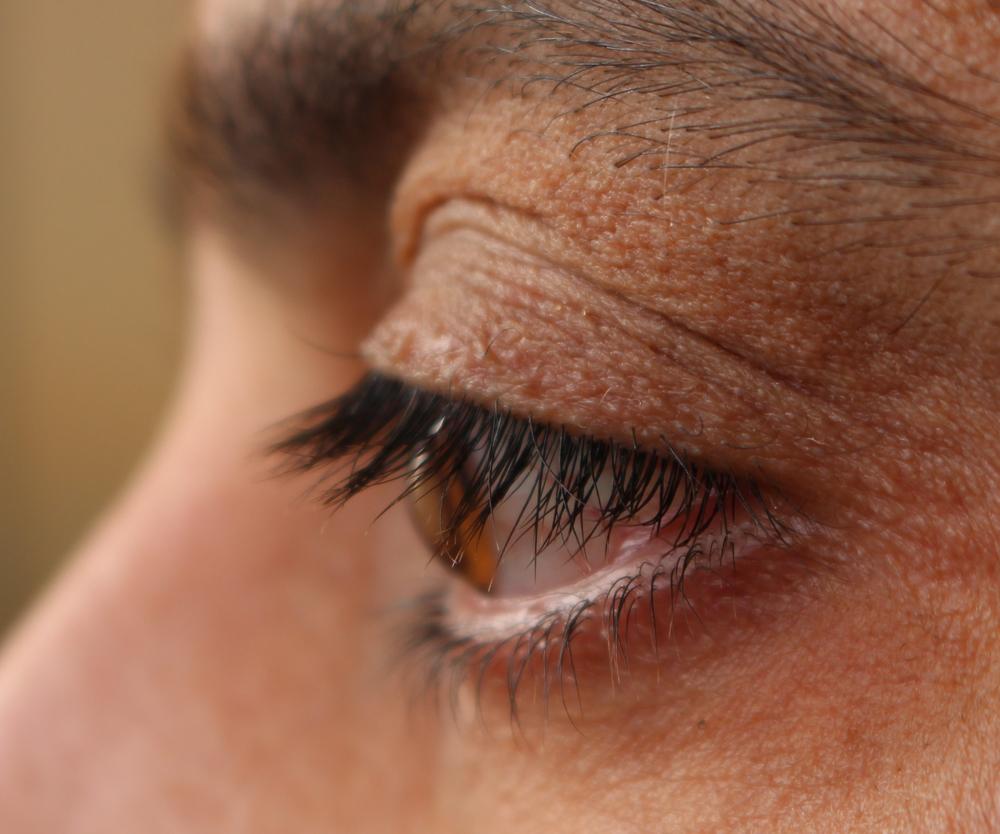Keratoconus is a situation where the cornea, the clear-shaped front surface of your eye, bulges outwards, causing vision problems. The problem usually affects people between the ages of 10 and 25 and progresses over ten years. Glasses and soft contact lenses were prescribed to treat the early stages of keratoconus. However, a new treatment method called cross-linking has been introduced to slow or stop the progression of this eye condition, and this article will outline everything you need to know about the corneal cross-linking condition.
What is Cross Linking?
Keratoconus weakens your cornea, making it bulged outwards and can progress over time, worsening your vision. Severe stages of keratoconus require hard lenses or a corneal transplant. Cross-linking is a method where eye drops and ultraviolet light is used to make your corneal tissues stronger.
The term “cross-linking” is used here due to the collagen fibers’ added bonds in your optics. These bonds support your cornea to stay stable without protruding outwards. The treatment can prevent you from a corneal transplant and inhibit the progression without letting your eyes worsen the existing situation.
Types of Corneal Cross-Linking
There are two main types of corneal cross-linking that our eye specialist can perform to treat your keratoconus condition. Cross-linking cannot reverse the existing keratoconus condition but can help keep the situation from getting worse.
Epi – on cross-linking – Epi is referred to as the epithelium, where the eye specialist will loosen it with eye drops and a sponge. Eye drops will be put afterward.
Epi – off cross-linking – The epithelium will be removed before putting the eye drops.
During And After Process
Before visiting the eye hospital, to get your corneal cross-linking, do not wear eye makeup, perfumes, or facial applications. It would be best to have a family member or a friend drive you home following the cross-linking process.
Initially, your corneal thickness will be measured along with a routine eye exam to check your overall eye health. The shape of your cornea will be measured using corneal topography. Depending on the selected method, corneal epi-on or epi-off methods will be followed accordingly.
A bandage contact lens will be placed to facilitate healing and reduce discomfort. Your eye doctor will prescribe topical antibiotics and anti-inflammatory drops accordingly.
The cross-linking method is popular among keratoconus patients with its proven results to stay stable or achieve improvements in the corneal shape. However, the epi-off method is widely used at the moment, and epi-on cross-linking is yet under clinical investigation to determine the process’s safety and efficiency.
Visit an eye clinic If you are undergoing a keratoconus condition. Visit us at Ebsaar Eye Surgery Center to obtain the cross-linking treatment with the non-invasive C3-R methods. The process uses eye drops containing riboflavin (vitamin B2) and UV light to strengthen the corneal region’s collagen fibers. Contact us now for an appointment and get your eyes checked with the latest optical instruments to evolve the degree of your keratoconus condition. Our ophthalmologist team will provide you with the best recommendations and treatment modes, ensuring the optimal safety for your vision.
